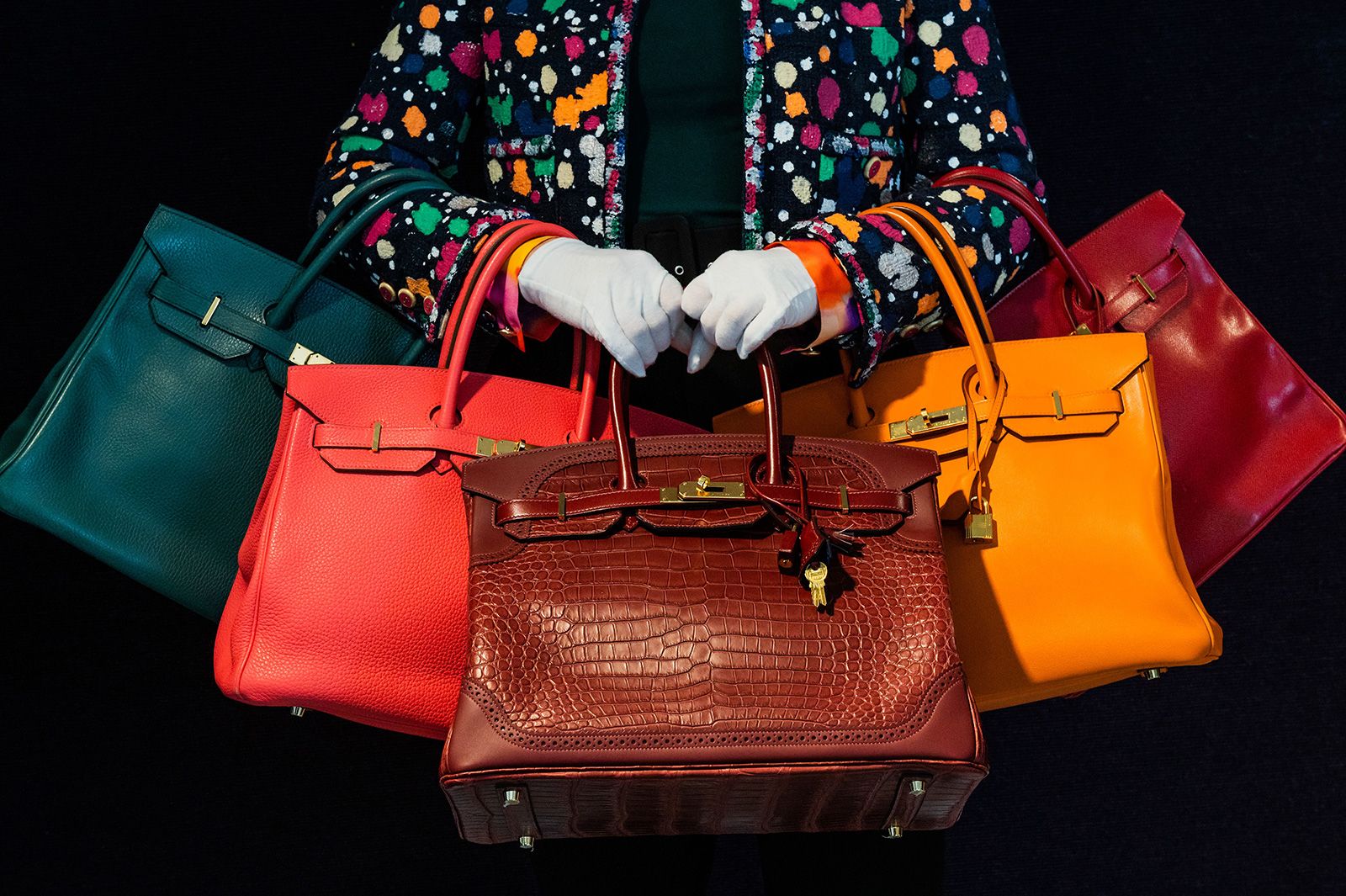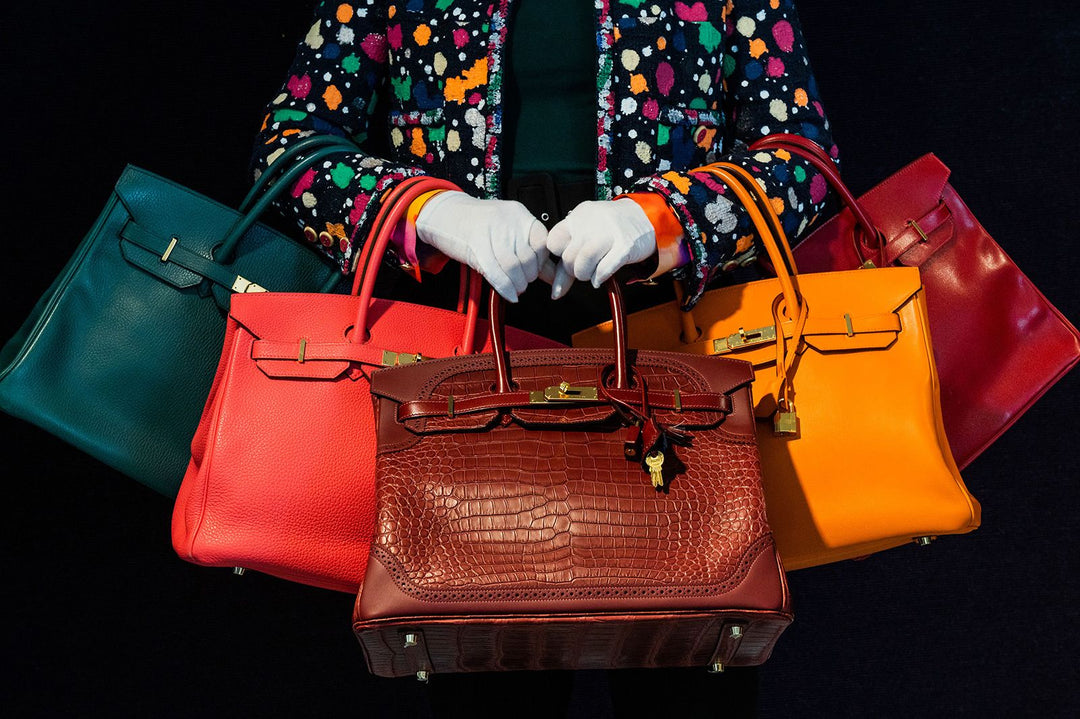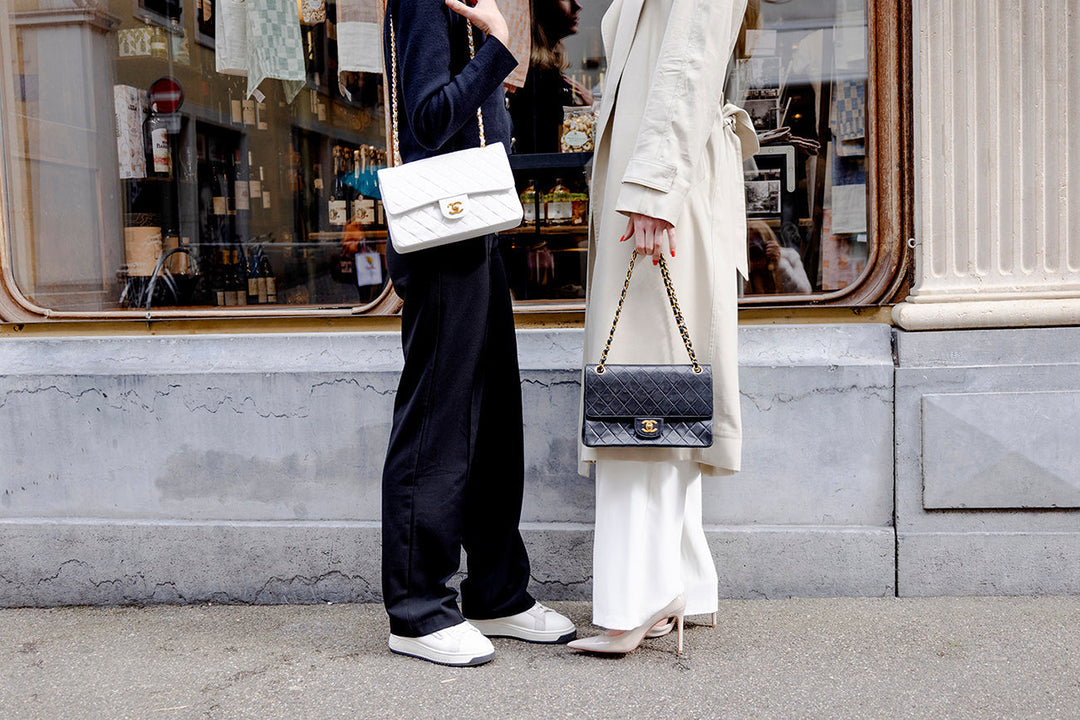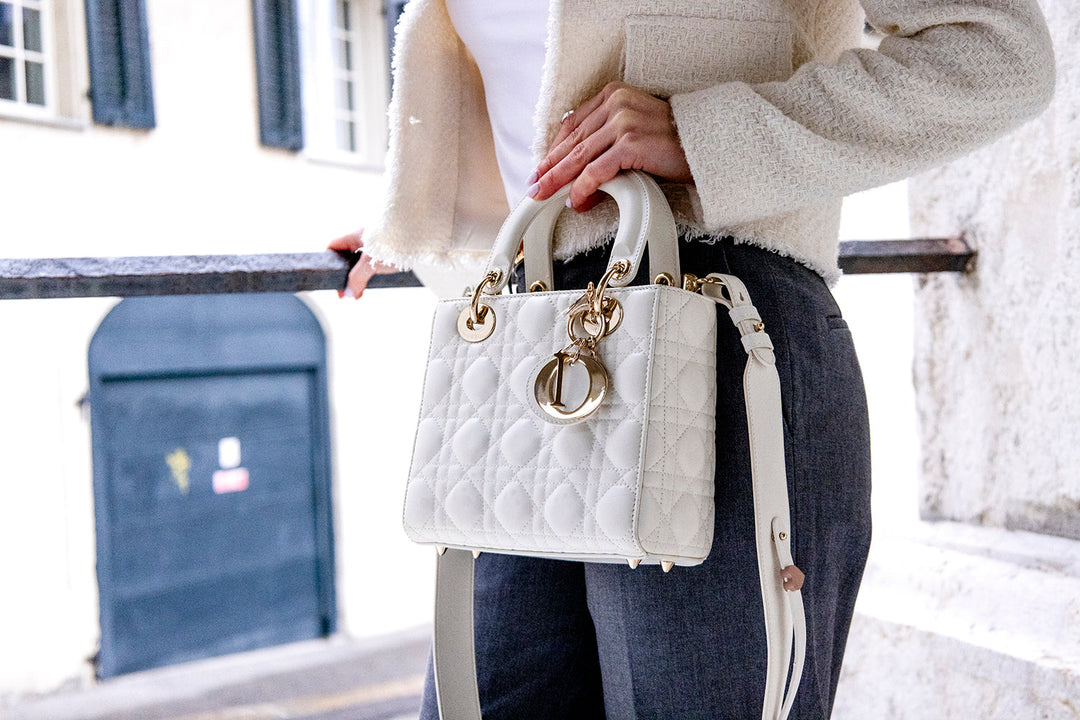The Mystery Behind Second-Hand Birkin Bags Being Pricier Than First-Hand
Why Is the Birkin Bag More Expensive Secondhand Than Firsthand?
The Birkin bag by Hermès is one of the most iconic and coveted luxury handbags in the world. Celebrated for its impeccable craftsmanship, timeless silhouette, and status-symbol appeal, the Birkin frequently commands higher prices on the secondhand market than at retail.
This phenomenon may seem counterintuitive at first glance — but it is the result of a meticulously curated mix of limited availability, exclusivity, investment potential, and strategic brand control. Let’s explore why the Birkin’s value often rises the moment it leaves the boutique.
Limited Availability and Exclusivity: The Quota System & Pre-Sales
At the heart of Hermès' strategy lies intentional scarcity. The brand produces only a limited number of Birkin bags each year, and access to them is carefully controlled through a system that’s far from transparent.
The Quota Bag Concept
Birkins and their close cousins, Kellys, are what's known as “quota bags.” Most Hermès boutiques operate under a two-bag-per-year policy for each customer, usually limited to one Birkin and one Kelly annually. Even this is not guaranteed — quotas vary by store, region, and client profile.
This quota system ensures that Hermès maintains exclusivity while subtly encouraging clients to build long-term relationships with the brand.
The Role of Pre-Sales and Client Loyalty
Even within this limited production, the most coveted Birkins are typically offered first through pre-sales — private opportunities extended only to Hermès’ most loyal and high-spending clients. These are not publicly advertised, and invitations are based on a client’s purchase history, relationship with sales associates, and overall brand engagement.
To reach this level of access, clients often spend years purchasing scarves, homeware, ready-to-wear pieces, and other accessories before ever being offered a Birkin.
As a result, the average person cannot simply walk into an Hermès boutique and buy a Birkin, regardless of budget. This cultivated exclusivity fuels the bag’s legendary status and drives buyers toward the secondhand market.
Scarcity and Secondhand Demand
Because most Birkins are distributed through private client channels, very few bags actually appear on boutique shelves. This creates an immediate bottleneck in availability.
For those unwilling to wait months (or years) and invest in a relationship with the brand, the secondhand market offers a more direct route. But convenience comes at a price: resellers and auction houses charge a premium, knowing that shoppers are paying not just for the bag, but for instant access.
Rare colorways, hardware combinations, or exotic leathers command even higher premiums — sometimes double or triple the retail price.
High Demand and Cultural Status
The Birkin is more than a luxury item — it’s a global status symbol.
Carried by celebrities, royals, and business moguls, the Birkin is a quiet but unmistakable signal of wealth, refinement, and insider access. Its minimal branding and classic design enhance its appeal: it whispers luxury rather than shouting it.
This cultural cachet means that even gently used Birkins remain in high demand, especially in popular configurations like black Togo leather with gold hardware or neutral tones like Etoupe and Gold.
Investment Value and Appreciation Over Time
Unlike most handbags, Birkins are widely recognized as investment assets. Some even outperform stocks and gold.
Thanks to their timeless design, superior materials, and Hermès’ unwavering quality standards, Birkins often increase in value with age, particularly those in excellent condition or with original packaging and receipts.
Auction houses such as Christie’s and Sotheby’s have seen record-breaking sales of Birkins and Kellys, further cementing their status as collectible heirlooms with financial merit.
Conclusion: Why the Secondhand Price Is Higher
While the retail price of a Birkin bag is undeniably steep, the secondhand price often surpasses it — and with good reason:
-
Hermès’ quota system makes the bag extremely difficult to obtain new.
-
Pre-sales and client exclusivity restrict access to loyal, long-term customers.
-
Scarcity fuels demand, while the secondhand market offers instant gratification.
-
Birkins are investments, not just accessories and their value can rise over time.
-
The bag’s cultural relevance and association with discretion and status make it perennially desirable.
In the world of luxury, few items maintain — let alone exceed — their value after purchase. The Birkin not only retains its worth, it continues to appreciate, making it one of the rare pieces where buying secondhand is not a compromise, but a smart, strategic choice.





